Is Your Cellular DAS System Prepared for 5G?
In-building wireless connectivity is now as vital as essential utilities such as electricity and water. As various sectors like businesses, schools, and healthcare increasingly rely on wireless connections, older Distributed Antenna Systems (DAS) must adapt to the requirements of 5G technology. Why is upgrading DAS systems in the 5G age essential, and what advantages can organizations gain from making this investment?
What is DAS and Why is it Important?
DAS has been the go-to solution for enhancing cellular coverage inside buildings for many years. A DAS consists of a network of antennas distributed throughout a space to improve cellular signal coverage and capacity in various indoor locations, like offices, stadiums, hospitals, and schools. It helps solve issues like poor signals, dropped calls, and slow data speeds, particularly in large or densely populated buildings where conventional cellular infrastructure struggles.
A DAS starts with the signal source from a carrier, which can be from an outdoor cellular network (using a donor antenna) or a direct link to the carrier’s network. This signal is spread through antennas positioned throughout the area. Depending on the system size and type, these antennas connect using coaxial cables, fiber optic cables, or both.
The DAS amplifies and retransmits the cellular signal, providing reliable connectivity in the coverage area. It can support multiple carriers and frequencies, making it flexible and unaligned to a single carrier.
DAS enhances voice call clarity, increases data speeds, and supports advanced services like 5G. It also improves network security and user experience by ensuring continuous connectivity, even in crowded places where the cellular network is under stress.
Older DAS systems were built for the cellular technologies of their times, mainly 3G and 4G networks, which operated on frequencies like:
- 850 MHz and PCS (1850-1990 MHz) for 3G.
- 700 MHz and AWS (1710-2155 MHz) for 4G.
The rise of 5G brings new frequencies and capabilities that older systems cannot adequately support without upgrades. 5G networks utilize new frequency bands for increased speed and capacity, including:
- Millimeter Wave (mmWave): Operating at 24 GHz, 28 GHz, and 39 GHz, this offers high speed and bandwidth but has a short range and difficulty penetrating walls.
- Sub-6 GHz Bands: Frequencies such as CBRS (3.55-3.7 GHz) and C-Band (3.7-3.98 GHz) provide a good balance of range and performance, essential for 5G networks.
Outdated DAS systems lack the necessary hardware to accommodate these new bands. Upgrading enables DAS to support the enhanced performance expected from 5G.
Active DAS
Active DAS are the go-to cellular enhancement solution for medium-to-large buildings with a high density of users tapping into the cellular network. Active DAS components require a power source to operate, and its use of fiber optic cables permits the highest-efficiency delivery of cellular signals through the building. If ubiquitous coverage and additional capacity are the top requirements, an active DAS is the choice.
Active DAS receive analog radio frequencies (RF) from the carrier signal source, and then a master unit converts the signal from analog to digital. The digital signal is distributed throughout the property by fiber optic or ethernet cable to remote radio units (RRU), where the signal is converted back into an analog RF signal for use by mobile devices.
Active DAS solutions require coordination with carriers to facilitate integration into their network signals. Pierson Wireless has considerable experience facilitating carrier integration for active DAS solutions with the three national carriers and all regional network operators.
Why Should You Upgrade Your DAS for 5G?
5G, or fifth-generation wireless technology, represents a significant advancement in mobile network development, offering many improvements over 4G and earlier technologies. These enhancements include faster speeds, reduced latency, increased capacity, and better connectivity, making 5G transformative for consumers and businesses.
Addressing Economic and Technological Challenges
Change in Carrier Support:
Earlier, cellular carriers paid for DAS updates in businesses, primarily to support corporate accounts and lines of service with a particular carrier. Now, with many companies’ employees using their own devices (Bring Your Own Device, or BYOD), these carriers are less interested in supporting DAS improvements. Businesses must now upgrade their DAS systems to support their enterprise needs.
Preparing for More Demand:
Experts expect data demands to grow to a critical size by 2028. Current DAS systems might struggle without updates, especially with data uploads. Taking action now prepares organizations for the future.
Conclusion
Older DAS systems require upgrades are needed to match 5G progress. Updating DAS ensures strong in-building connections, supports new technologies, and meets growing user needs. With the proper spending, businesses can take full advantage of 5G, leading to a connected future.
Upgrading DAS systems has many immediate benefits:
- Faster Speeds: Quicker downloads and better streaming.
- Lower Delay: Real-time uses like self-driving cars and advanced robots.
- More Capacity: Handle more devices at once.
- Better Reliability: Fewer dropped calls and connection problems.
- Support for New Uses: Tap into IoT, AI, and other future technologies.
Steps to Upgrade Your Connectivity
- Check Current Systems: Find the weak points in your DAS.
- Consider Options: Consider upgrades, private 5G networks, or mixed solutions.
- Work with Experts: Collaborate with providers like Pierson Wireless for custom solutions.
Ready to upgrade? Contact Pierson Wireless today to learn about better connectivity options.


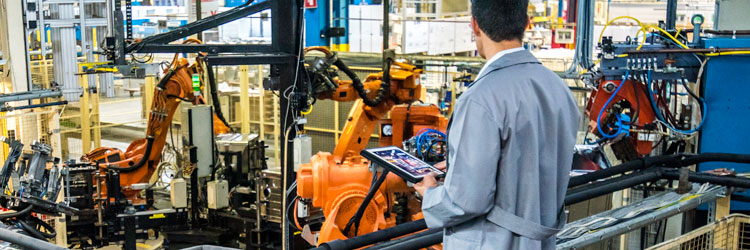

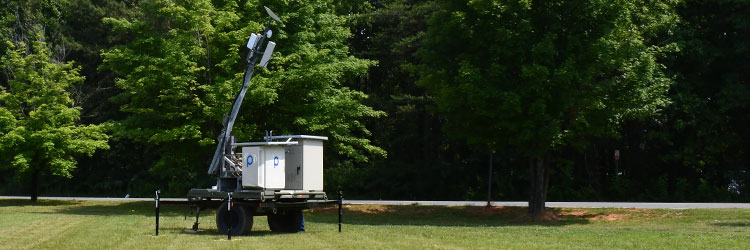



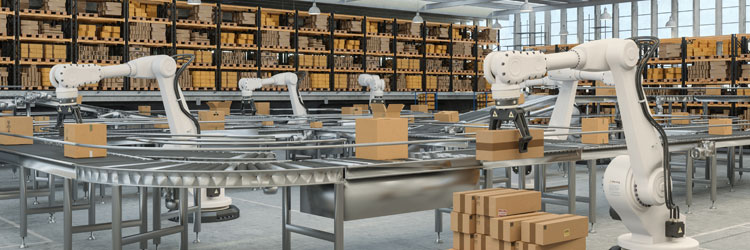

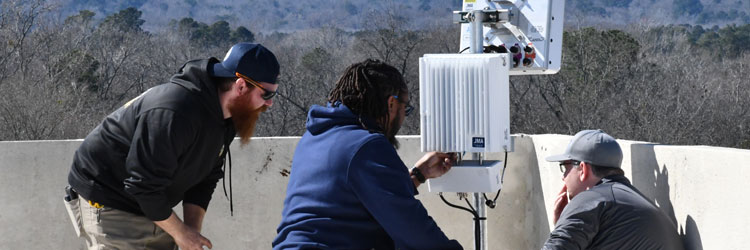
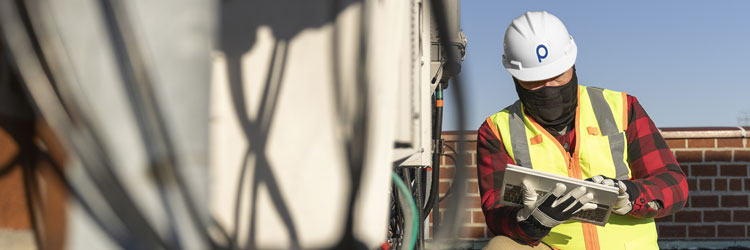

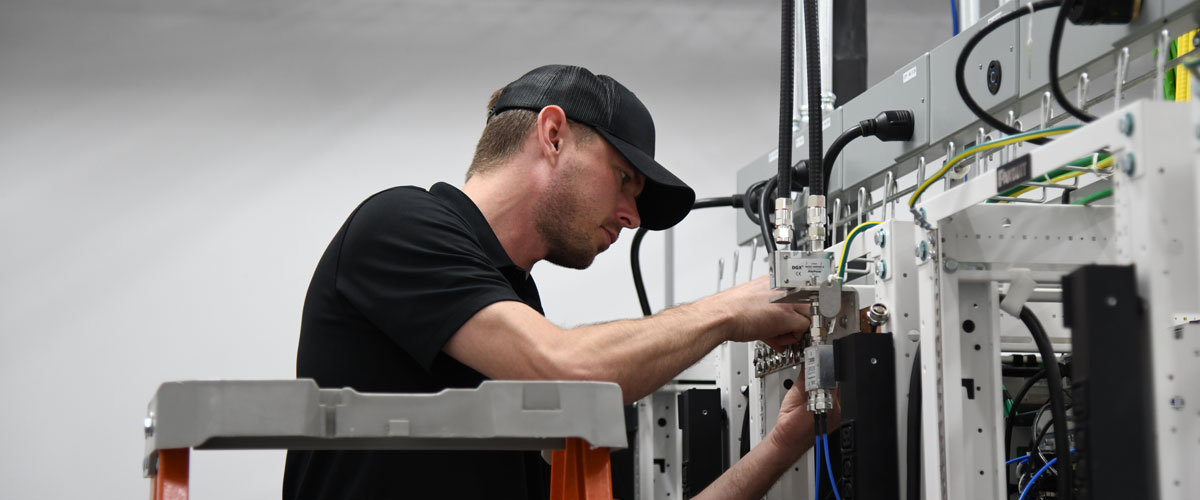

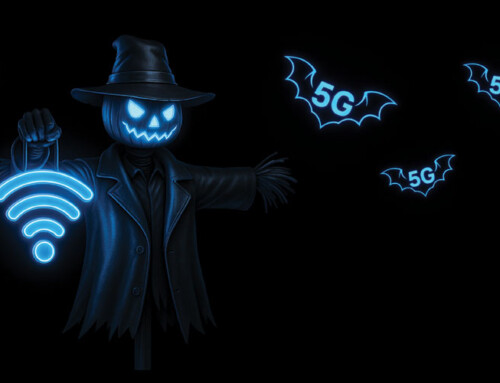
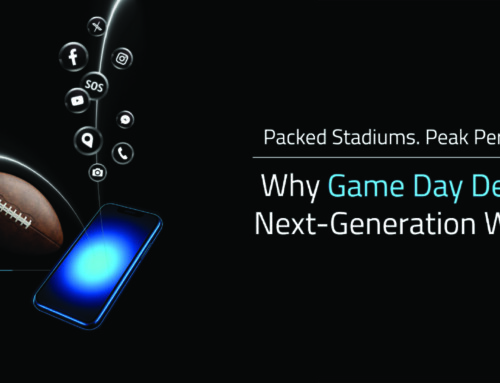

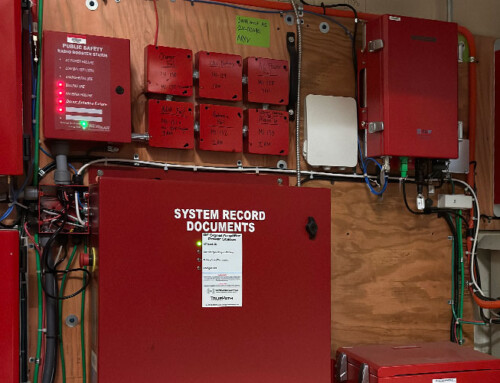


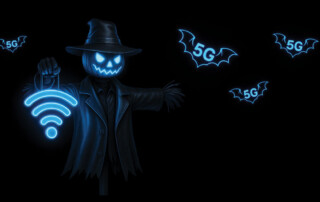
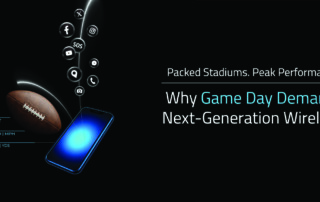

Leave A Comment